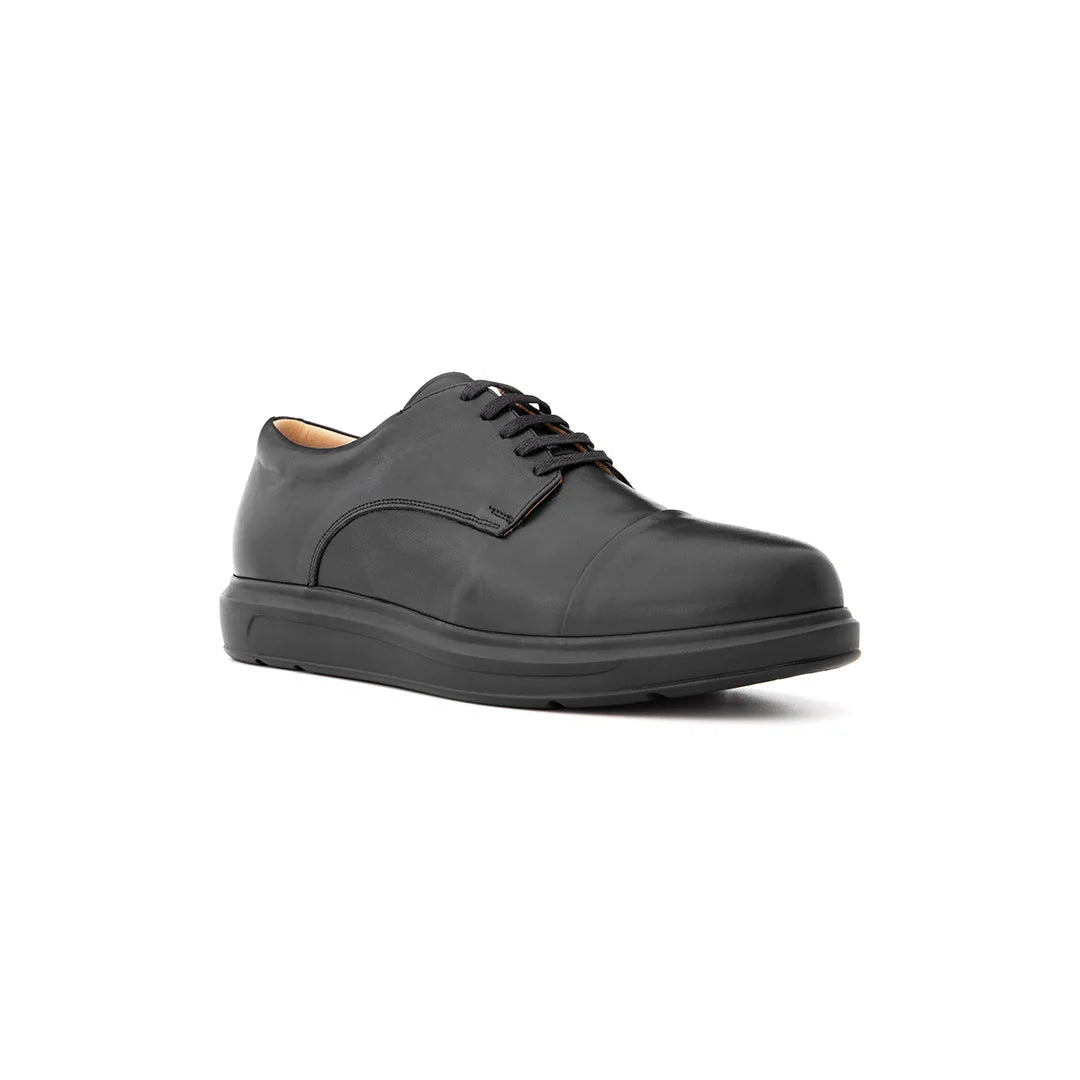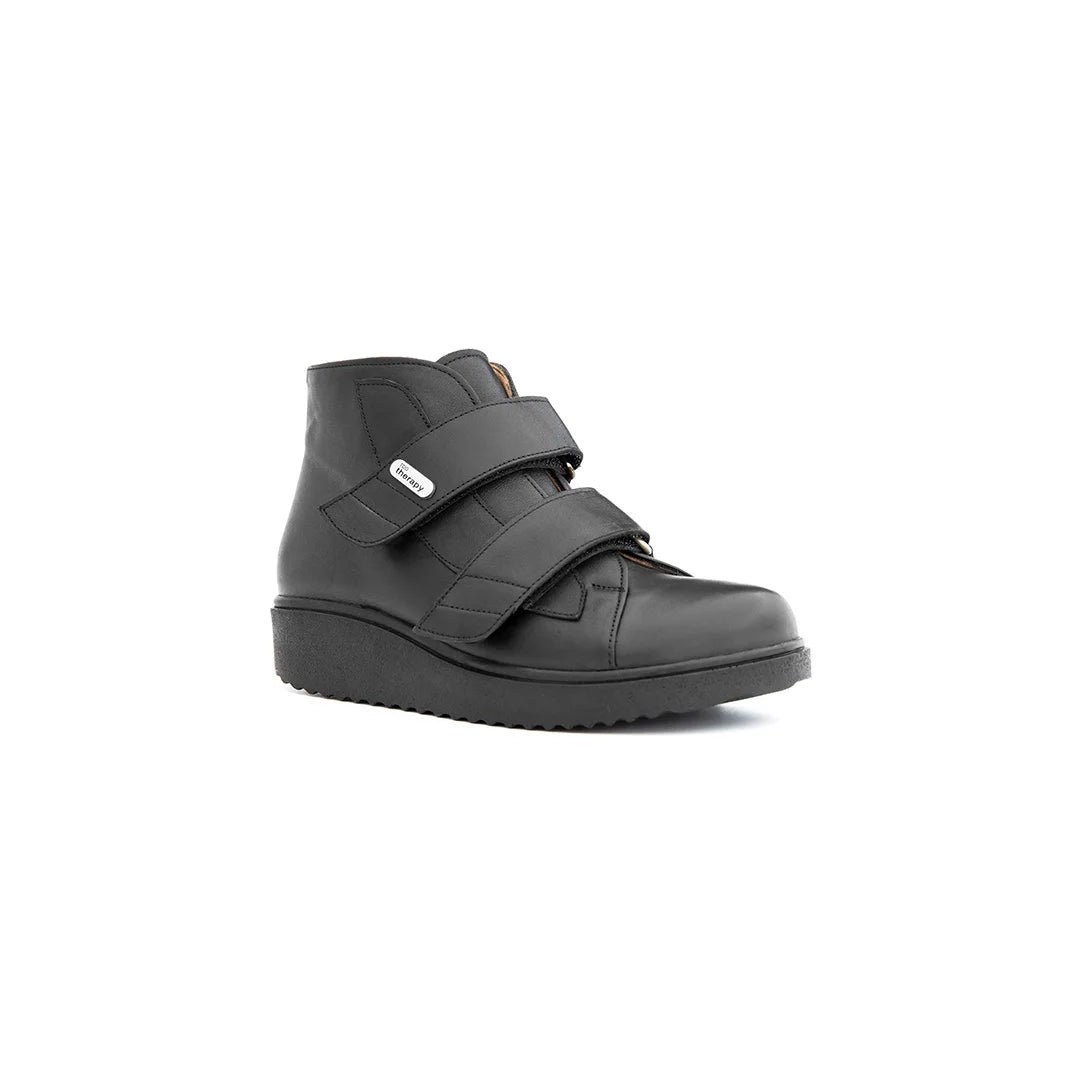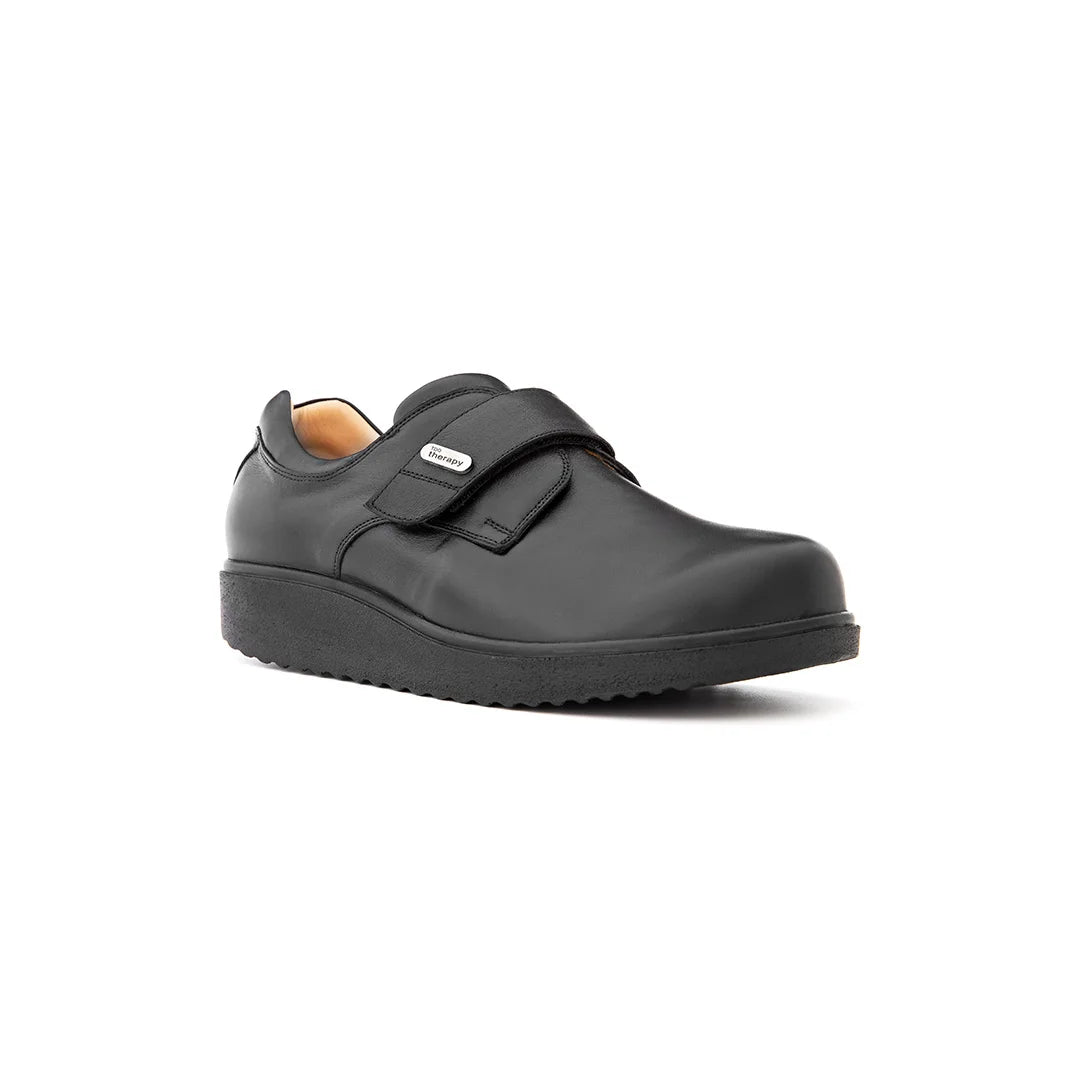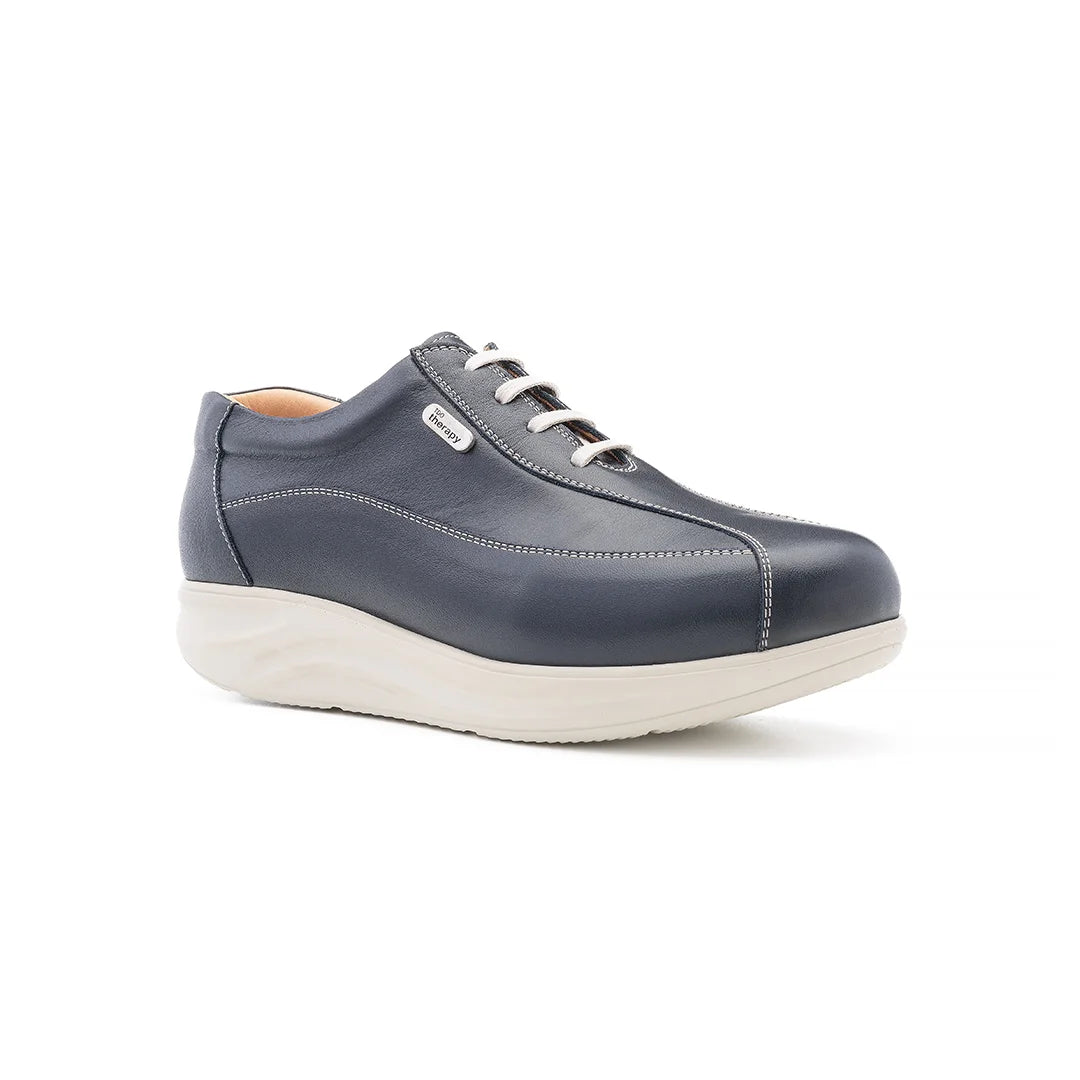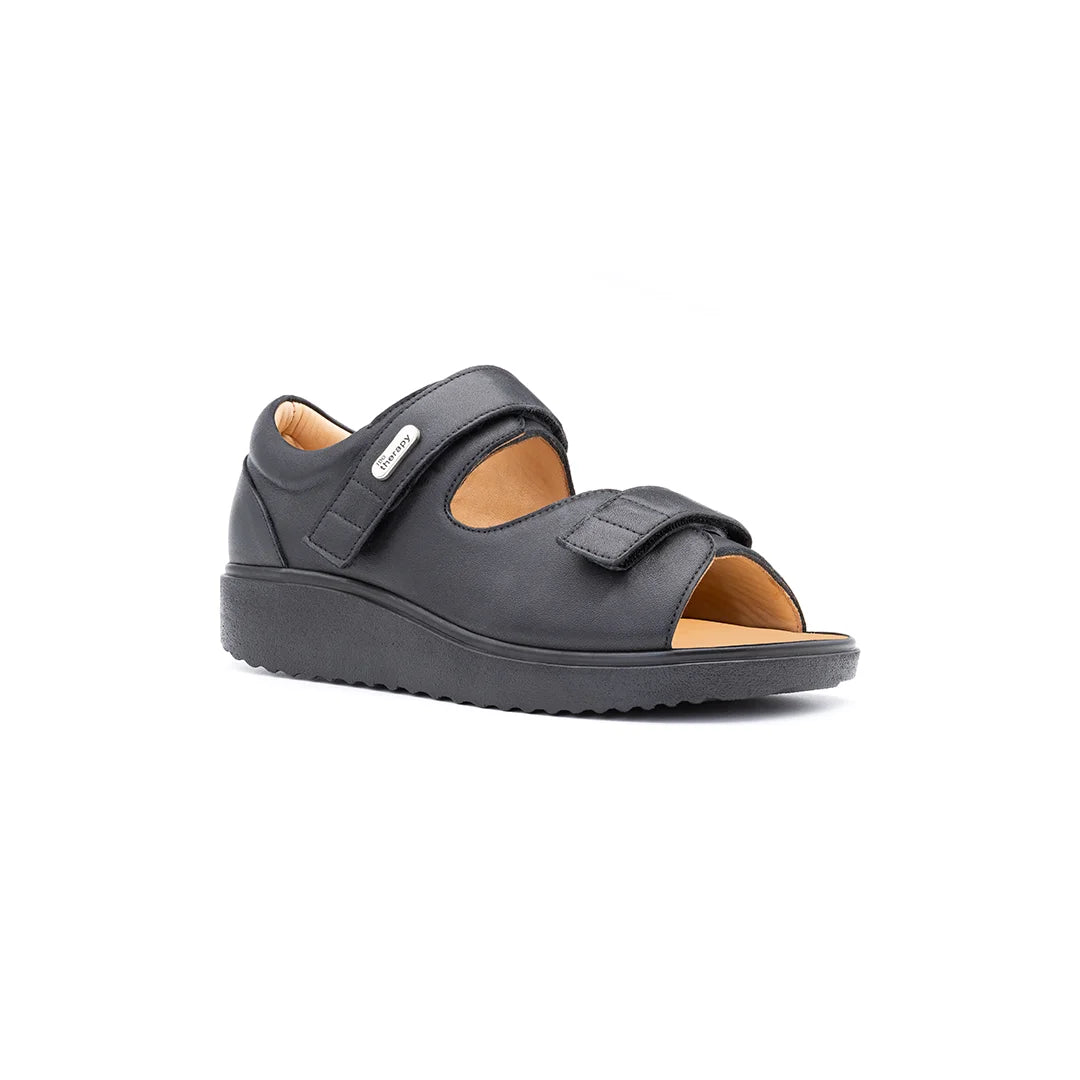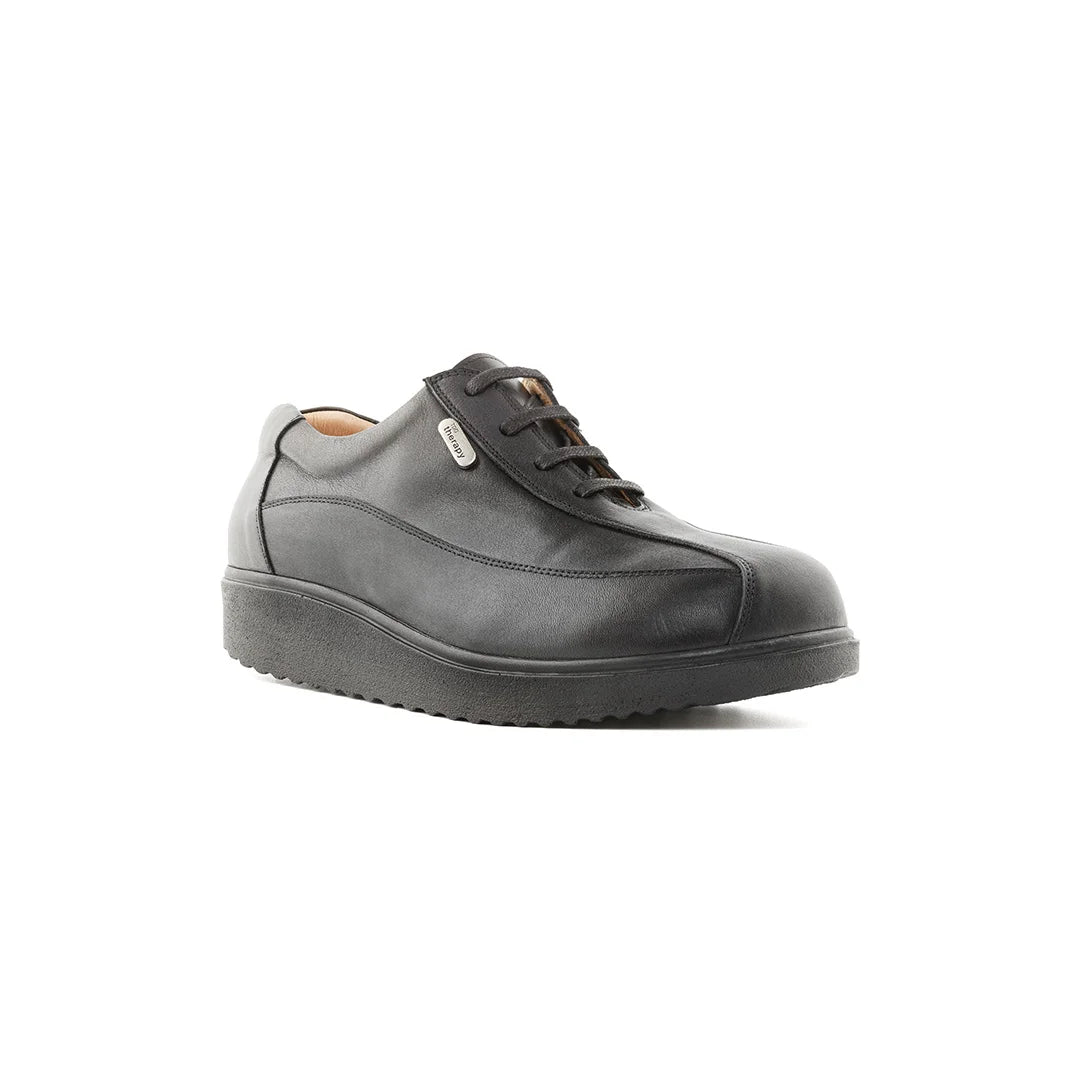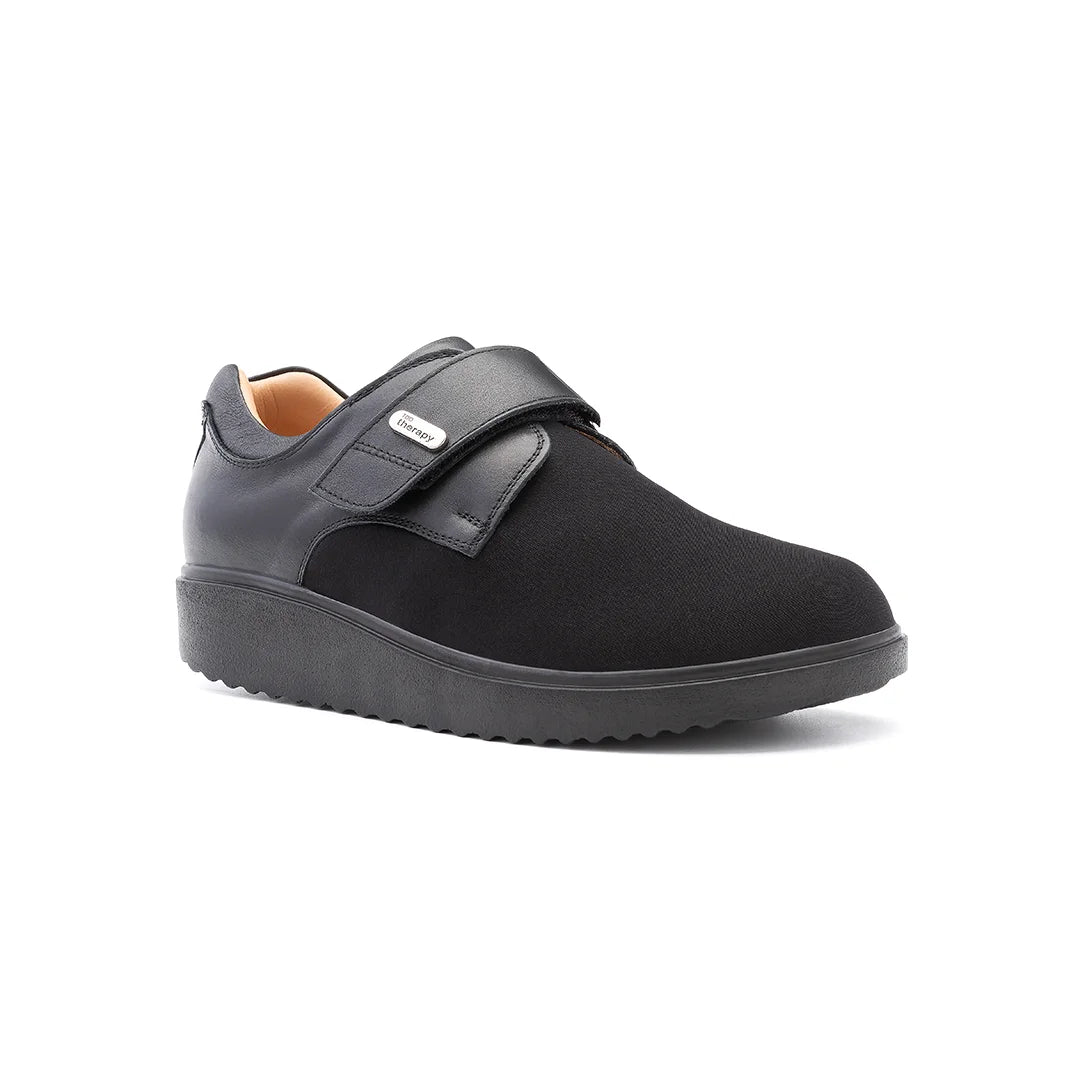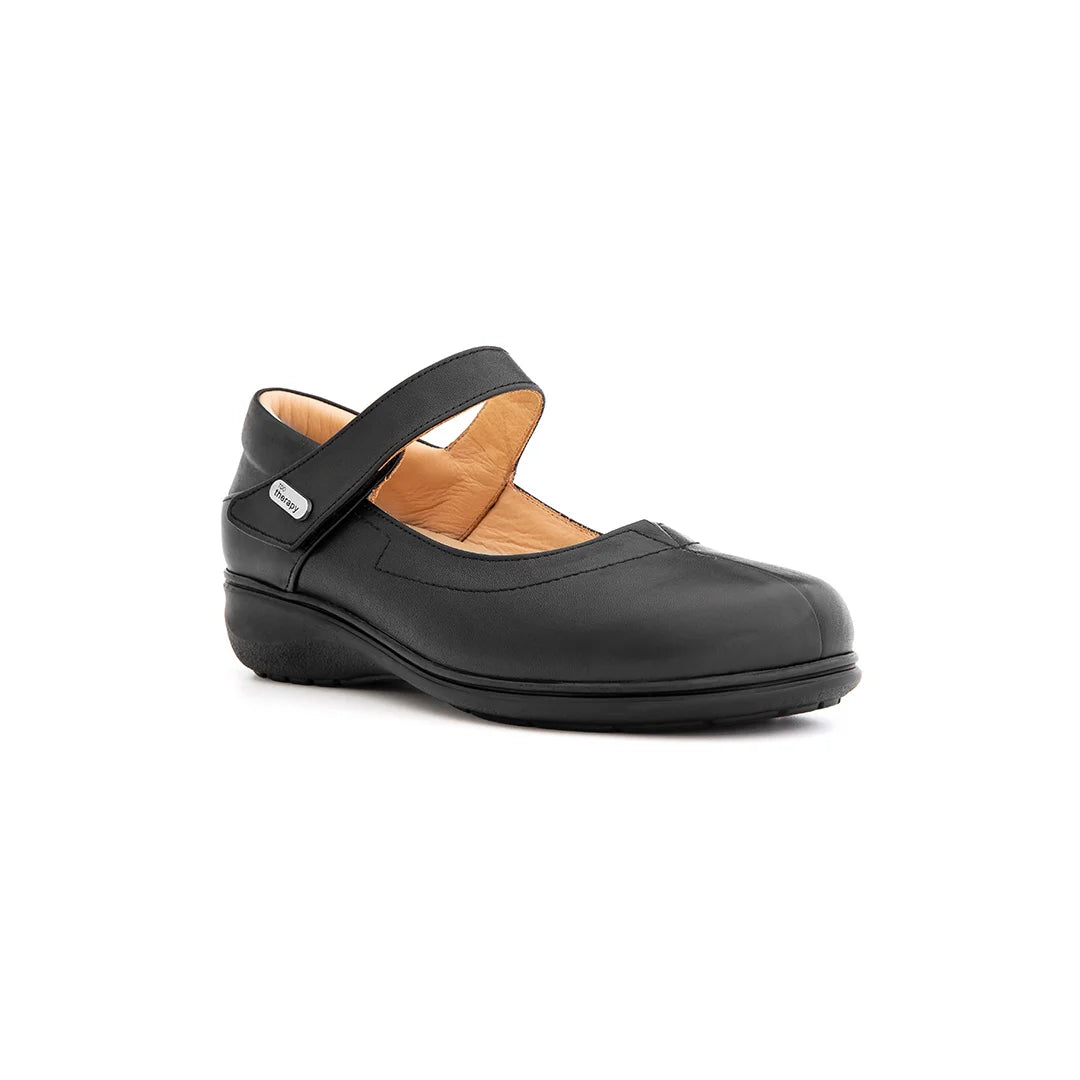Finding the right footwear can feel overwhelming, especially when you need shoes that offer both comfort and proper support. Orthopaedic shoes are designed to address these needs, providing relief for everyday foot discomfort and more specific conditions. This guide will help you understand what makes a good orthopaedic shoe, how to choose the best pair, and how to care for them.
Key Takeaways
-
Orthopaedic shoes provide structural support and alignment benefits, not just cushioning.
-
Look for proper fit, strong arch support, and a roomy toe box when selecting a pair.
-
Consider your foot condition, material quality, and shoe weight before purchasing.
-
If you use custom orthotics, ensure the shoes can accommodate them comfortably.
-
Always check sizing guides carefully when buying online and consult a podiatrist if needed.
Understanding Orthopaedic Shoes for Men
What Are Orthopaedic Shoes?
Orthopaedic shoes are specially designed to support foot mechanics, improve alignment, and alleviate discomfort. Unlike regular shoes, they often feature:
-
Enhanced arch support
-
Deeper heel cups for stability
-
Wider toe boxes to prevent crowding
-
Adjustable closures (laces, straps, or Velcro) for a customised fit
They are beneficial for conditions like plantar fasciitis, flat feet, bunions, and arthritis, but can also help with general foot fatigue.
Why Support and Cushioning Matter
A good orthopaedic shoe balances support (to stabilize the foot and ankle) and cushioning (to absorb shock). Too much of one without the other can worsen discomfort. The right combination helps:
-
Reduce joint strain (knees, hips, back)
-
Improve posture and balance
-
Prevent overpronation or supination (rolling inward/outward)
Benefits Beyond Foot Pain
While orthopaedic shoes are often associated with pain relief, they also:
-
Enhance mobility for active lifestyles
-
Reduce fatigue from prolonged standing or walking
-
Support recovery after foot injuries or surgeries
Key Features of Quality Orthopaedic Shoes
1. Optimal Comfort and Fit
-
Adjustable closures (laces, straps, or buckles) accommodate swelling.
-
Snug (but not tight) heel fit prevents slipping.
-
Breathable materials (like leather or mesh) keep feet cool and dry.
2. Strong Midsole Support
The midsole (between the insole and outsole) should:
-
Absorb shock effectively
-
Provide firm arch support
-
Maintain shape over time (avoid overly soft materials that collapse)
3. Roomy Toe Box
A wide and deep toe area prevents:
-
Bunions and hammertoes (from cramped toes)
-
Numbness or irritation during long wear
How to Choose the Right Pair
1. Consider Your Foot Condition
-
Flat feet? Look for motion control and arch support.
-
Plantar fasciitis? Prioritise heel cushioning and firm arch support.
-
Bunions or wide feet? Opt for extra-wide toe boxes.
A podiatrist can recommend the best features for your needs.
2. Prioritize Material Quality
-
Leather or breathable mesh prevents sweating and irritation.
-
Durable outsoles with good traction improve longevity.
-
Seamless interiors reduce friction and blisters.
3. Assess Weight and Style
-
Lightweight shoes reduce fatigue but should still offer support.
-
Modern designs are available in casual, athletic, and formal styles.
Using Orthotics with Orthopaedic Shoes
1. Choose Shoes with Removable Insoles
This allows you to replace the stock insole with custom orthotics for a perfect fit.
2. Ensure Proper Fit with Orthotics
-
The shoe should have enough depth so the orthotic doesn’t make it too tight.
-
Test the fit with the orthotic inside before purchasing.
3. Break Them In Gradually
-
Wear new shoes for short periods at first.
-
If discomfort persists, consult your podiatrist for adjustments.
Buying Tips for Orthopaedic Shoes
1. Shopping Online? Check Carefully
-
Read sizing guides (measure your feet if unsure).
-
Look for free return policies in case the fit isn’t right.
2. When in Doubt, Consult a Podiatrist
A specialist can:
-
Assess your gait and foot structure.
-
Recommend the best shoe type for your condition.
Maintaining Your Orthopaedic Shoes
1. Cleaning and Care
-
Leather shoes: Use a damp cloth and conditioner.
-
Mesh shoes: Spot clean with mild soap.
-
Air dry (avoid direct heat).
2. Signs It’s Time to Replace Them
-
Worn-out soles (loss of tread or cushioning).
-
Visible cracks or tears in the upper material.
-
New foot or joint pain (indicates reduced support).
Most orthopaedic shoes last 6–12 months with regular use.
Final Thoughts
Orthopaedic shoes are an investment in long-term foot health. By focusing on proper fit, support, and material quality, you can find a pair that relieves discomfort and keeps you moving comfortably.
If you have a specific foot condition, always consult a podiatrist for personalised recommendations. Your feet—and your whole body—will thank you!



